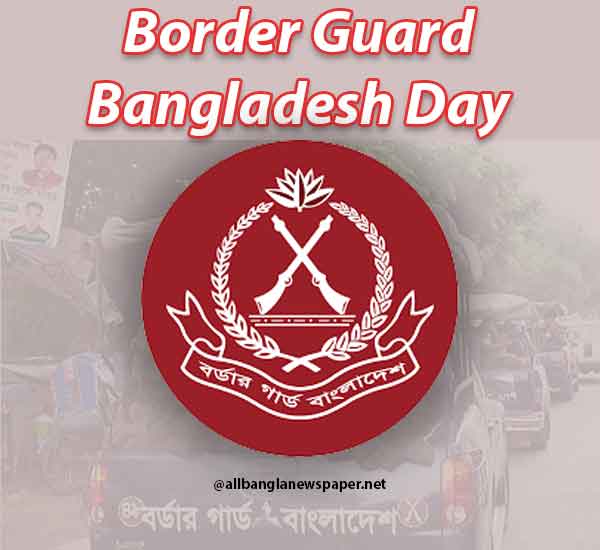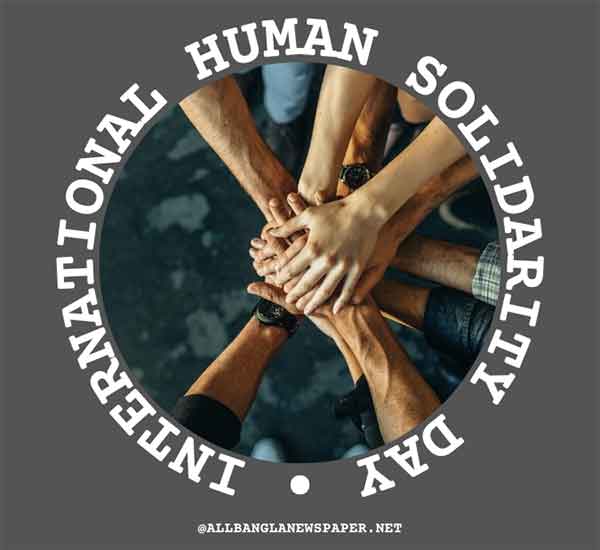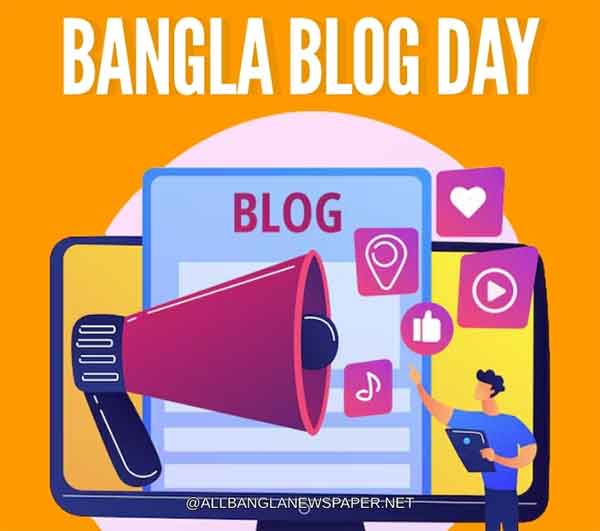
Introduction to International Day for Disaster Risk Reduction
The International Day for Disaster Risk Reduction is observed annually on October 13, focusing on reducing disaster risks worldwide. Established by the United Nations, this day serves as a reminder that natural and human-made disasters are becoming more frequent and intense, requiring global efforts to mitigate their impact. From promoting early warning systems to educating communities on preparedness, this day is about increasing global resilience and minimizing the risks and consequences of disasters.
What is Disaster Risk Reduction?
Disaster risk reduction (DRR) involves strategies aimed at minimizing the damage caused by natural and human-made hazards. This includes efforts to reduce exposure to risks, lessen populations' vulnerability, and improve preparedness for adverse events.
Defining Disaster Risk
Disaster risk is the potential for loss of life, injury, or destruction of assets due to hazards such as earthquakes, floods, or industrial accidents. Factors like poverty, poor infrastructure, and unplanned urbanization heighten these risks.
The Importance of Risk Reduction
Reducing disaster risk is essential because it saves lives, protects property, and helps preserve livelihoods. By investing in preventive measures, societies can lessen the devastation caused by disasters, ensuring that communities are more resilient and able to recover more quickly.
History and Significance of International Day for Disaster Risk Reduction
The International Day for Disaster Risk Reduction was first celebrated in 1989, following a call by the United Nations General Assembly. It was part of a growing recognition that preventing disasters—or at least minimizing their impact—requires international cooperation and awareness.
United Nations Role in Establishing the Day
The UN has played a crucial role in highlighting the importance of disaster risk reduction. By establishing this day, the UN aimed to create a platform for nations to collaborate on strategies that mitigate disaster impacts and promote sustainable development.
Why October 13 is Celebrated
October 13 was chosen to draw global attention to the urgent need for disaster risk reduction strategies. It aligns with ongoing global efforts to build disaster resilience and encourage countries to take proactive steps.
International Day for Disaster Risk Reduction 2024 Theme
Each year, the International Day for Disaster Risk Reduction focuses on a specific theme to address different aspects of disaster risk management. Although the official theme for 2024 has yet to be announced, previous themes have centered around strengthening disaster preparedness, investing in disaster risk reduction, and inclusive decision-making.
Why Disaster Risk Reduction is Crucial in Today’s World
The modern world is facing a growing number of challenges, from environmental degradation to increasing urban populations, all of which elevate disaster risks.
Increasing Frequency of Natural Disasters
The frequency of natural disasters has risen over the past few decades. Events like hurricanes, floods, and wildfires are becoming more common, threatening millions of lives globally.
Impact of Climate Change on Disasters
Climate change is a major driver of increased disaster risks. Rising sea levels, unpredictable weather patterns, and prolonged droughts have made certain areas more vulnerable to disasters, emphasizing the need for climate adaptation strategies.
Economic and Social Consequences of Disasters
Disasters not only lead to the loss of life but also cause massive economic damage. The costs of rebuilding after a disaster can devastate economies, especially in developing countries. Socially, disasters often exacerbate inequality, leaving the poorest communities the hardest hit.
Types of Disasters Addressed by Disaster Risk Reduction
Disaster risk reduction strategies target a wide variety of disasters, ranging from natural to human-made.
Natural Disasters (Earthquakes, Floods, Hurricanes)
Natural disasters like earthquakes, floods, tsunamis, and hurricanes are the most well-known threats. These catastrophic events can lead to significant loss of life, destroy homes, and disrupt economies.
Human-Made Disasters (Industrial Accidents, Pollution)
Disaster risk reduction also addresses human-made disasters such as industrial accidents, nuclear incidents, and environmental pollution. Poor safety protocols and neglect can lead to catastrophic consequences.
Key Goals of International Day for Disaster Risk Reduction
The overarching goals of this day focus on increasing awareness, promoting preparedness, and encouraging global cooperation.
Raising Awareness
One of the main objectives is to educate people about the risks they face and the steps they can take to reduce their vulnerability to disasters.
Promoting Preparedness
Preparedness is key to minimizing the impact of disasters. From creating evacuation plans to investing in resilient infrastructure, being ready for a disaster can save lives.
Encouraging International Cooperation
Disasters don’t recognize borders, which is why international cooperation is crucial. Countries must work together to share information, resources, and technologies to reduce disaster risks globally.
The Sendai Framework for Disaster Risk Reduction
The Sendai Framework for Disaster Risk Reduction, adopted in 2015, provides a global blueprint for reducing disaster risk.
Overview of the Sendai Framework
The framework outlines actions that countries should take to reduce disaster risks over the next 15 years, emphasizing the importance of preventing new risks, reducing existing risks, and strengthening resilience.
Key Priorities and Targets
The framework focuses on understanding disaster risk, strengthening disaster governance, and investing in resilience. It sets targets for reducing disaster-related deaths, economic losses, and infrastructure damage.
Building Resilient Communities
Resilient communities are better able to withstand the impact of disasters and recover more quickly.
Importance of Early Warning Systems
Early warning systems are vital in disaster risk reduction. By providing timely and accurate information, they allow communities to take action before a disaster strikes, significantly reducing casualties.
Role of Education and Public Awareness
Educating the public about disaster risks is critical. People need to understand the hazards they face and how to protect themselves.
Investing in Infrastructure
Building disaster-resistant infrastructure is one of the most effective ways to reduce the impact of disasters. Roads, bridges, and buildings must be constructed to withstand extreme weather events and other hazards.
Global Events and Activities on International Day for Disaster Risk Reduction
Across the world, this day is marked by various events that aim to spread awareness and promote preparedness.
Educational Campaigns
Governments and organizations often run educational campaigns, distributing information on disaster preparedness, early warning systems, and risk reduction strategies.
Community Drills and Simulations
Many communities hold disaster preparedness drills to practice emergency procedures, ensuring that people know what to do in the event of a disaster.
Conferences and Workshops
Experts and policymakers gather at conferences to share knowledge and discuss strategies for improving disaster risk management.
Role of Governments and Organizations in Disaster Risk Reduction
Governments, international organizations, and NGOs all have essential roles to play in disaster risk reduction.
National Governments’ Role in Risk Management
Governments are responsible for developing and implementing disaster risk reduction strategies, from setting building codes to creating emergency response plans.
UN and NGO's Contributions
The United Nations and non-governmental organizations (NGOs) work globally to support countries in reducing disaster risks. They provide funding, technical expertise, and resources to vulnerable regions.
How Individuals Can Participate
Everyone has a role to play in disaster risk reduction. Here’s how you can contribute:
Learning About Local Risks
Understand the specific risks in your area, whether it's flooding, earthquakes, or wildfires. Knowing these risks helps you take appropriate measures to protect your home and family.
Creating Emergency Plans
Developing a family emergency plan that includes evacuation routes, emergency contacts, and supply kits can make a huge difference when disaster strikes.
Volunteering for Risk Reduction Initiatives
Consider volunteering for local disaster preparedness programs or helping your community raise awareness about disaster risk reduction.
Technological Innovations in Disaster Risk Reduction
Technology is playing an increasingly important role in disaster risk reduction.
Use of Artificial Intelligence and Data Analytics
AI and data analytics can predict disasters more accurately, improving early warning systems and allowing communities to prepare better.
Drones and Satellite Imagery
Drones and satellites provide real-time information about areas affected by disasters, helping first responders assess damage and prioritize their efforts.
Challenges in Implementing Disaster Risk Reduction Strategies
Despite progress, several challenges need to be addressed.
Funding and Resources
Many countries lack the financial resources to implement effective disaster risk reduction strategies, especially in the developing world.
Political Will
Governments must prioritize disaster risk reduction, but political will can sometimes be lacking, particularly in regions with competing development priorities.
Public Engagement
Getting the public actively involved in disaster risk reduction can be difficult. Education campaigns need to be ongoing to ensure that communities remain vigilant.
Success Stories in Disaster Risk Reduction
There are numerous examples of successful disaster risk reduction strategies around the world.
Case Studies of Successful Risk Reduction Projects
For instance, countries like Japan and Bangladesh have made significant strides in reducing the impact of natural disasters through innovative approaches to building infrastructure and improving public preparedness.
Lessons Learned
The success of these projects demonstrates that proactive measures can save lives and reduce economic losses. These lessons are now being applied in other regions prone to disasters.
Conclusion
The International Day for Disaster Risk Reduction is a critical reminder that we all have a role to play in making the world safer from disasters. From governments to individuals, proactive measures can significantly reduce the devastating effects of both natural and human-made disasters. As we continue to face increasing risks from climate change and other factors, global collaboration, innovation, and education are more important than ever to ensure a resilient future.
FAQs
1. What is the purpose of International Day for Disaster Risk Reduction?
Its purpose is to raise awareness about the importance of disaster risk reduction and promote strategies to minimize the impact of disasters.
2. How can I contribute to disaster risk reduction?
You can participate by learning about local risks, creating an emergency plan, volunteering for preparedness programs, and spreading awareness.
3. What types of disasters are addressed by disaster risk reduction?
DRR addresses both natural disasters, like earthquakes and floods, and human-made disasters, such as industrial accidents and pollution.
4. What is the Sendai Framework?
The Sendai Framework for Disaster Risk Reduction is a global agreement that outlines actions to reduce disaster risks and improve resilience.
5. Why is disaster risk reduction important in the context of climate change?
Climate change is increasing the frequency and intensity of natural disasters, making it more crucial than ever to implement risk reduction strategies.
#InternationalDayForDisasterRiskReduction #DisasterRiskReduction #NaturalDisasters





